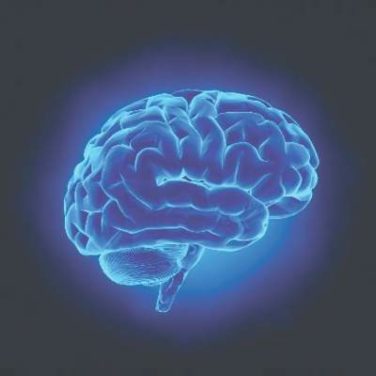Use of prescription antipsychotics increased in adolescents and young adults from 2006 to 2010, but fell in children younger than 12 years, according to Dr. Mark Olfson and his associates.
In 2006, antipsychotic usage rates in the United States were at 0.14% for young children, 0.85% for older children, 1.1% for adolescents, and 0.69% for young adults. By 2010, these rates were at 0.11%, 0.8%, 1.19%, and 0.84%, a slight decrease for young and older children, but a significant increase in adolescents and in young adults.
Male children younger than 12 years were nearly 3 times more likely to receive antipsychotics than female children, and male adolescents were also significantly more likely to be prescribed antipsychotics. Attention deficit/hyperactivity disorder was the most common diagnosis for antipsychotic prescription in all children and adolescents, while depression was the most common diagnosis for young adults.
“After several years of increasing rates of antipsychotic treatment of children and adolescents in the United States, the rate of antipsychotic use among children decreased between 2008 and 2010,” Dr. Oflson of Columbia University, New York, and his colleagues noted.
“In view of evidence of widespread antipsychotic prescribing outside of FDA-labeled indications and concerns regarding the adverse metabolic effects of second-generation antipsychotics, this decline is a welcome development,” the investigators added.
Find the full study in JAMA Psychiatry (July 1, 2015 [doi: 10.1001/jamapsychiatry.2015.0500]).




